The company stated that this decision represents a decisive step in protecting Europe’s industrial base, ensuring economic stability, and advancing the green transition.
The need for strong trade defense
While steel imports into the EU were initially duty-free, the Safeguard Measures applied to certain steel products since 2019 introduced tariff-rate quotas (TRQs) and additional duties to address global overcapacity from Asia and unfair trade practices.
Current measures are not sufficiently effective, and the EU steel sector faces an even more challenging situation due to the increase in global overcapacity and declining EU steel demand. Therefore, it has been emphasized that the allocation of tariff quotas needs to be reassessed.
Outokumpu highlighted that securing the EU’s strategic autonomy and ensuring economic resilience is critical for Europe’s energy, climate, and environmental transition. Trade defense measures are expected to preserve Europe’s competitiveness, attract investment, and create jobs.
Tariff-rate quotas (TRQs) – the most effective protection
Outokumpu supports the TRQ system as the most appropriate and effective tool to protect the EU steel industry from the impacts of global overcapacity. The new TRQs should:
-
Be linked to weak demand periods to reflect current market conditions,
-
Be permanent and aligned with EU demand through periodic reviews,
-
Apply over-quota tariffs that limit imports to sustainable levels supporting EU capacity utilization and profitability.
The system should also include a mechanism allowing reviews based on transparent market data and enabling rapid corrective measures in case of sudden demand shocks.
Country-specific restrictions
Outokumpu considers strict country-specific limits on steel imports to be vital. During previous measures, small supplier countries without specific quotas were disadvantaged due to China’s overcapacity.
The proposed restrictions would prevent aggressive export surges, reduce circumvention risks, and provide fair balance for all operators in the European value chain. Additionally, preventing the transfer of unused quotas would curb short-term import spikes and maintain EU market stability.
Sustainability and Europe’s climate leadership
The European stainless steel industry is globally leading in sustainability due to its high scrap usage. Outokumpu emphasized that dominance of high-carbon NPI-based production in the EU market would:
-
Increase Europe’s carbon footprint,
-
Undermine circular material use,
-
Reduce EU melting capacity, and
-
Create dependency on Indonesian and Chinese supply chains.
Outokumpu’s average product carbon footprint as of 2024:
-
Stainless steel and Circle Green steel: 1.6 kg CO₂e/kg
-
Stainless steel only: 0.5 kg CO₂e/kg
-
Global average: 7 kg CO₂e/kg
The new trade defense framework aims to prevent global overcapacity and market distortions, particularly from China and other state-supported producers. Along with the U.S. 50% import tariffs on steel, this situation directs the global overproduction toward the EU.
Outokumpu calls for the urgent adoption and swift implementation of the proposed measures to protect industrial competitiveness, support the EU Green Deal objectives, and safeguard Europe’s strategic autonomy.


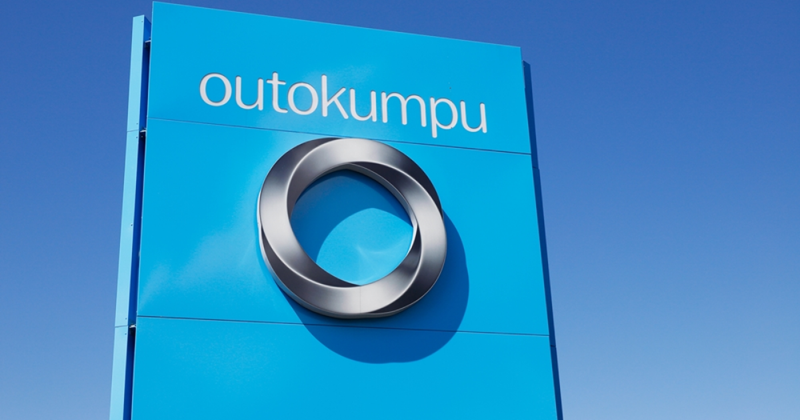
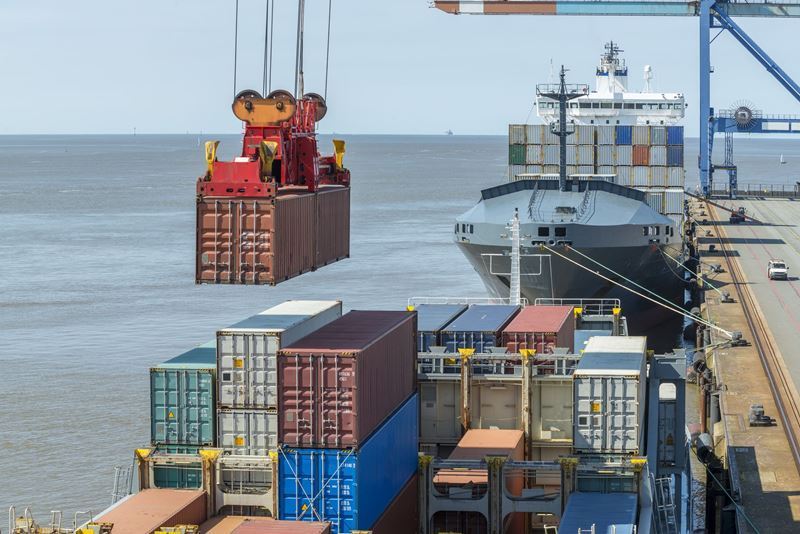
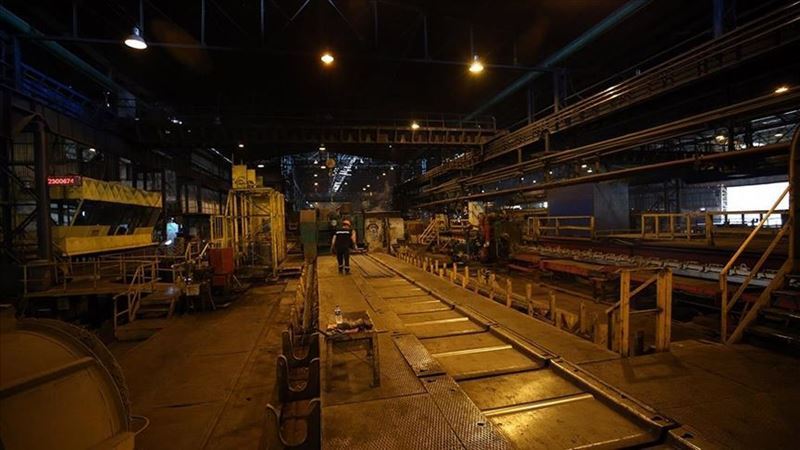
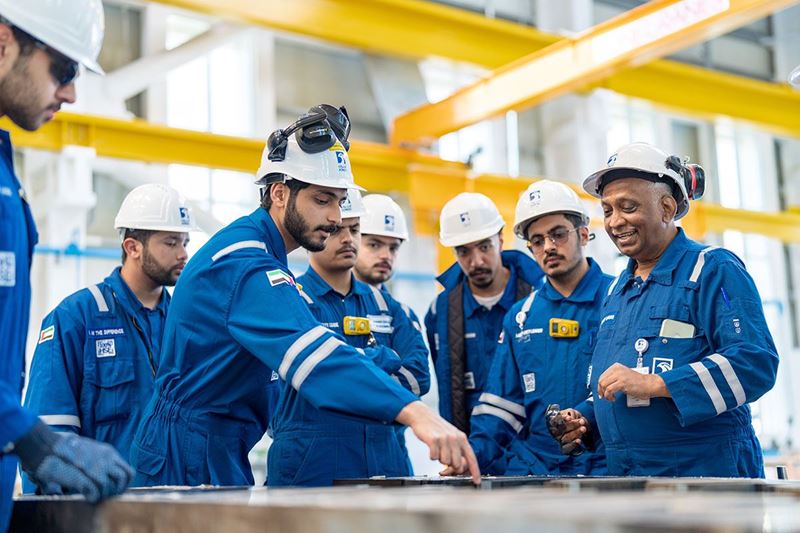
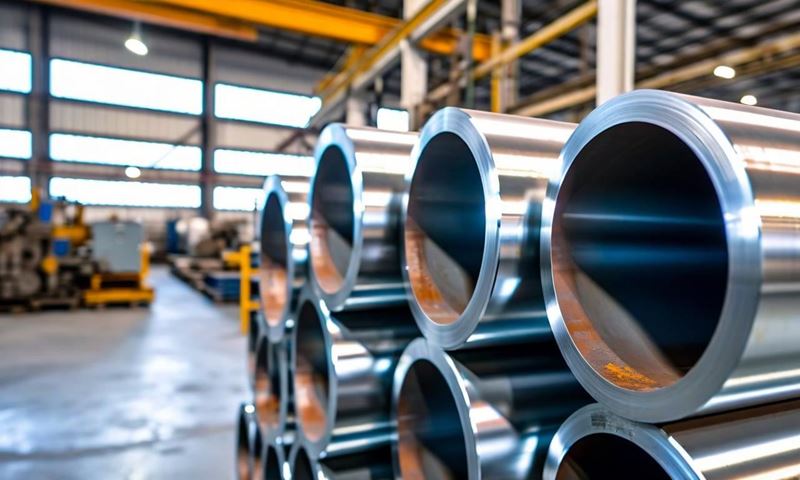
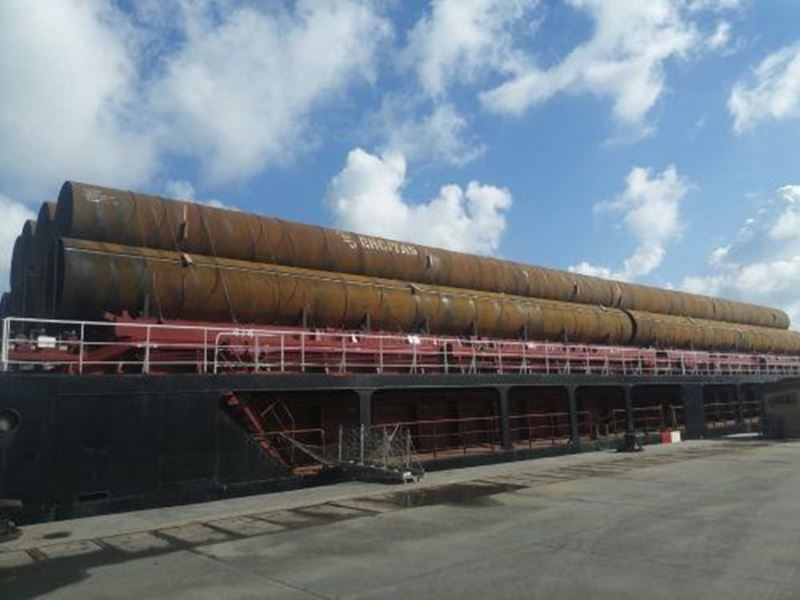

Comments
No comment yet.